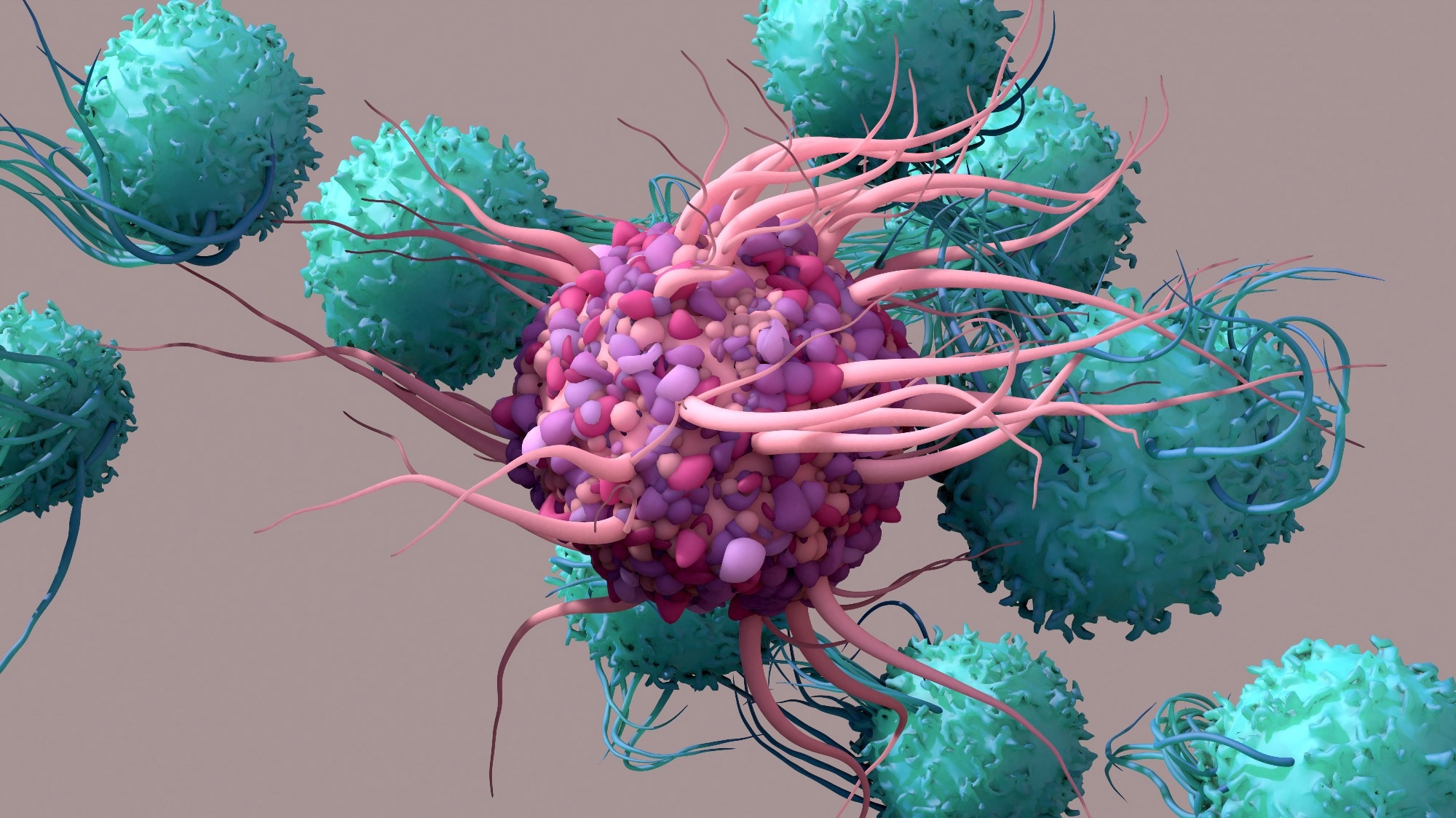Innate immune responses help initiate and shape adaptive immune responses mediated by T and B cells 1,2.In a simplified three-signal model, the first signal to activate T cells is provided by T
Frontiers | The Innate Cellular Immune Response in Xenotransplantation
The innate immune system is essentially made up of barriers that aim to keep viruses, bacteria, parasites, and other foreign particles out of your body or limit their ability to spread and move throughout the body. The innate immune system includes: Physical Barriers. such as skin, the gastrointestinal tract, the respiratory tract, the

Source Image: sciencedirect.com
Download Image
In most cases, though, the answer is no—not by a long shot! For receptors located on the cell membrane, the signal must be passed on through other molecules in the cell, in a sort of cellular game of “telephone.” The chains of molecules that relay signals inside a cell are known as intracellular signal transduction pathways.

Source Image: mdpi.com
Download Image
Biology | Free Full-Text | Exploring the Role of Immune System and Inflammatory Cytokines in SARS-CoV-2 Induced Lung Disease: A Narrative Review Protein Kinases* Receptors, Antigen, T-Cell / metabolism Signal Transduction* Toll-Like Receptors Carrier Proteins Receptors, Antigen, T-Cell Toll-Like Receptors Immune response relies upon several intracellular signaling events.

Source Image: news-medical.net
Download Image
The Act As Intracellular Signals To Begin The Immune Response
Protein Kinases* Receptors, Antigen, T-Cell / metabolism Signal Transduction* Toll-Like Receptors Carrier Proteins Receptors, Antigen, T-Cell Toll-Like Receptors Immune response relies upon several intracellular signaling events. The immune system responds to antigens by producing cells that directly attack the pathogen, or by producing special proteins called antibodies. Antibodies attach to an antigen and attract cells that will engulf and destroy the pathogen. The main cells of the immune system are lymphocytes known as B cells and T cells.
What are Dendritic Cells?
In this issue of Immunological Reviews, we explore the intracellular innate immune receptors, characterizing their sensing and signaling pathways and detailing their diverse roles in health and disease. We also describe the therapeutic implications of modulating these pathways. Go to: Inflammasomes Inorganic nanosheets facilitate humoral immunity against medical implant infections by modulating immune co-stimulatory pathways | Nature Communications

Source Image: nature.com
Download Image
Frontiers | Drosophila Innate Immunity Involves Multiple Signaling Pathways and Coordinated Communication Between Different Tissues In this issue of Immunological Reviews, we explore the intracellular innate immune receptors, characterizing their sensing and signaling pathways and detailing their diverse roles in health and disease. We also describe the therapeutic implications of modulating these pathways. Go to: Inflammasomes

Source Image: frontiersin.org
Download Image
Frontiers | The Innate Cellular Immune Response in Xenotransplantation Innate immune responses help initiate and shape adaptive immune responses mediated by T and B cells 1,2.In a simplified three-signal model, the first signal to activate T cells is provided by T

Source Image: frontiersin.org
Download Image
Biology | Free Full-Text | Exploring the Role of Immune System and Inflammatory Cytokines in SARS-CoV-2 Induced Lung Disease: A Narrative Review In most cases, though, the answer is no—not by a long shot! For receptors located on the cell membrane, the signal must be passed on through other molecules in the cell, in a sort of cellular game of “telephone.” The chains of molecules that relay signals inside a cell are known as intracellular signal transduction pathways.

Source Image: mdpi.com
Download Image
Stimulation and Suppression of the Innate Immune System through Nanotechnology | ACS Applied Nano Materials The crosstalk between the PI3K-AKT-mTOR and LKB1-AMPK signaling pathways is critical for modulating both immune and nonimmune cell metabolism. The bidirectional interaction between immune cells

Source Image: pubs.acs.org
Download Image
Cells | Free Full-Text | Platelets at the Crossroads of Pro-Inflammatory and Resolution Pathways during Inflammation Protein Kinases* Receptors, Antigen, T-Cell / metabolism Signal Transduction* Toll-Like Receptors Carrier Proteins Receptors, Antigen, T-Cell Toll-Like Receptors Immune response relies upon several intracellular signaling events.

Source Image: mdpi.com
Download Image
The Sleep-Immune Crosstalk in Health and Disease | Physiological Reviews The immune system responds to antigens by producing cells that directly attack the pathogen, or by producing special proteins called antibodies. Antibodies attach to an antigen and attract cells that will engulf and destroy the pathogen. The main cells of the immune system are lymphocytes known as B cells and T cells.

Source Image: journals.physiology.org
Download Image
Frontiers | Drosophila Innate Immunity Involves Multiple Signaling Pathways and Coordinated Communication Between Different Tissues
The Sleep-Immune Crosstalk in Health and Disease | Physiological Reviews The innate immune system is essentially made up of barriers that aim to keep viruses, bacteria, parasites, and other foreign particles out of your body or limit their ability to spread and move throughout the body. The innate immune system includes: Physical Barriers. such as skin, the gastrointestinal tract, the respiratory tract, the
Biology | Free Full-Text | Exploring the Role of Immune System and Inflammatory Cytokines in SARS-CoV-2 Induced Lung Disease: A Narrative Review Cells | Free Full-Text | Platelets at the Crossroads of Pro-Inflammatory and Resolution Pathways during Inflammation The crosstalk between the PI3K-AKT-mTOR and LKB1-AMPK signaling pathways is critical for modulating both immune and nonimmune cell metabolism. The bidirectional interaction between immune cells